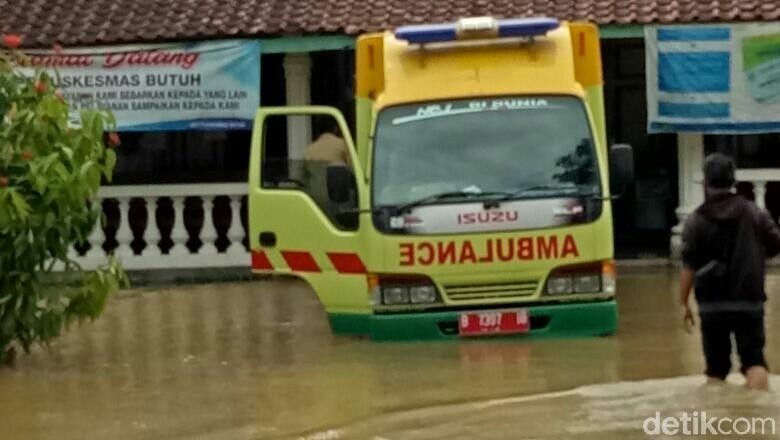
Purworejo - Cilacap dan Purworejo menjadi dua kota paling rawan bencana di Jawa Tengah. Hal ini disampaikan oleh Kepala BPBD Purworejo, Boedi Hardjono.
"Sedangkan untuk indeks risiko bencana per Kabupaten/ Kota se-Jawa Tengah sendiri, Kabupaten Purworejo menempati urutan ke-2 setelah Cilacap di urutan pertama dari 35 Kabupaten/ Kota," ungkap Kepala BPBD Purworejo, Boedi Hardjono ketika dihubungi detikcom, Kamis (15/3/2018).
Boedi menjelaskan daerah dengan berbagai karakteristik itu bisa menjadikan multi ancaman terjadinya bencana alam. Perhitungan BNPB tentang Indeks Risiko Bencana Indonesia (IRBI) tahun 2013 hingga 2018 ini, Purworejo menempati urutan ke 18 dari 496 Kabupaten/ Kota se-Indonesia dengan skor 215 dan masuk kategori kelas risiko tinggi.
Boedi menilai data ini perlu menjadi perhatian bersama. Purworejo memiliki karakteristik bencana yang unik, dimana setiap terjadi banjir pasti juga terjadi tanah longsor.
Untuk menanggulangi bahaya ancaman bencana tersebut, pihaknya menilai perlu adanya perubahan perilaku menuju budaya aman bencana. Sosialisasi, gladi lapangan serta keterpaduan pemerintah dengan masyarakat sangat diperlukan dalam rangka menurunkan risiko dari bencana tersebut.
"Di Purworejo ada 2 bencana yang selalu datang beriringan yakni banjir dan longsor. Respon yang cepat dalam penanganan sangat dibutuhkan, keterpaduan pemerintah dan masyarakat dalam penanganan bencana menjadikan penanganan berjalan cepat, tepat, efektif dan efisien," lanjutnya.
Dari hasil survei kejadian bencana menunjukkan bahwa persentase tertinggi korban selamat disebabkan oleh kesiasiagaan diri sendiri. Namun demikian, kehadiran TNI, Polri, OPD terkait, relawan kebencanaan serta unsur lainnya merupakan jaringan yang kuat dan memiliki peran yang signifikan dalam penangan bencana.
Diwawancara terpisah, Asisten 1 Sekda Kabupaten Purworejo, Drs Murwanto menambahkan langkah pemerintah untuk meminimalisir dampak potensi bencana adalah dengan memberikan pengetahuan tentang kebencanaan kepada masyarakat terutama di daerah rawan bencana. Peralatan yang memadai tentunya juga menjadi penunjang dalam mengatasi hal tersebut.
"Perlu meningkatkan diklat, sosialisasi, penyediaan alat-alat pencegahan dan penanggulangan bencana seperti perahu karet, alat EWS dan lain-lain. Imbauan tentunya juga tak henti-hentinya disampaikan kepada masyarakat agar berhati-hati, alam memang tidak bisa dilawan, namun kita bisa meminimalisir korban dengan mengenali tanda-tandanya," tutur Murwanto kepada detikcom usai menghadiri rakor di Gedung DPRD Purworejo, Jl Urip Sumoharjo No 4.

